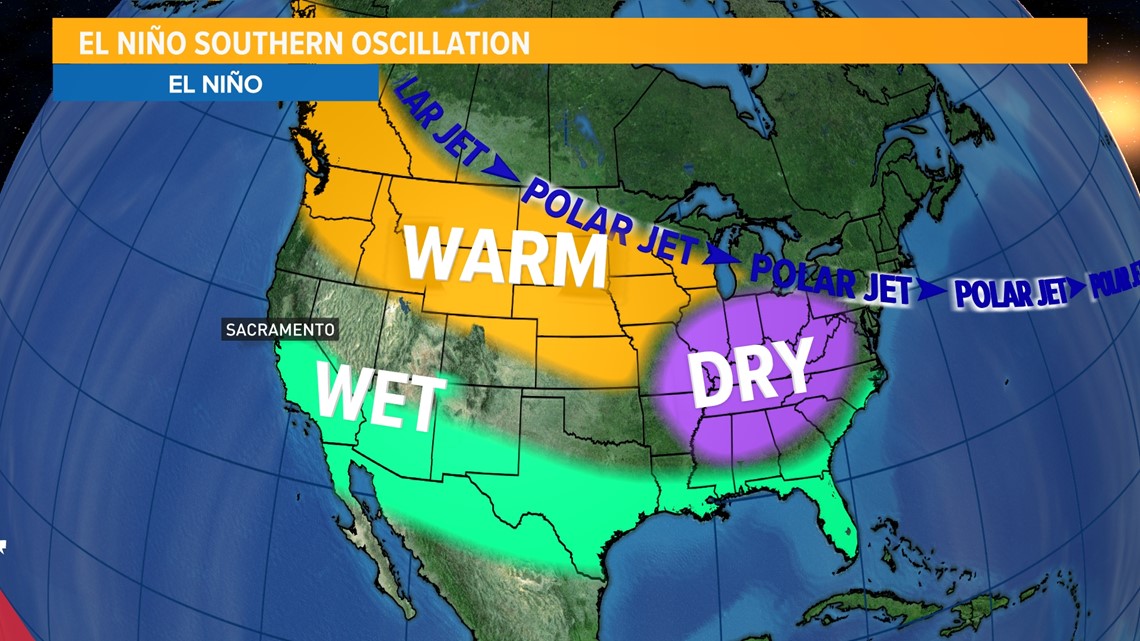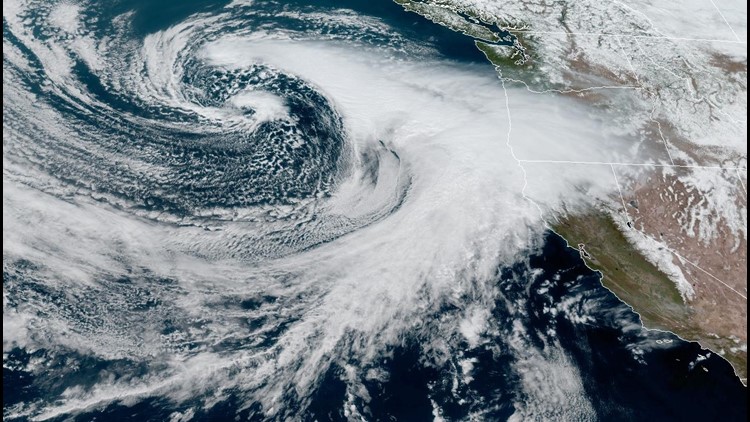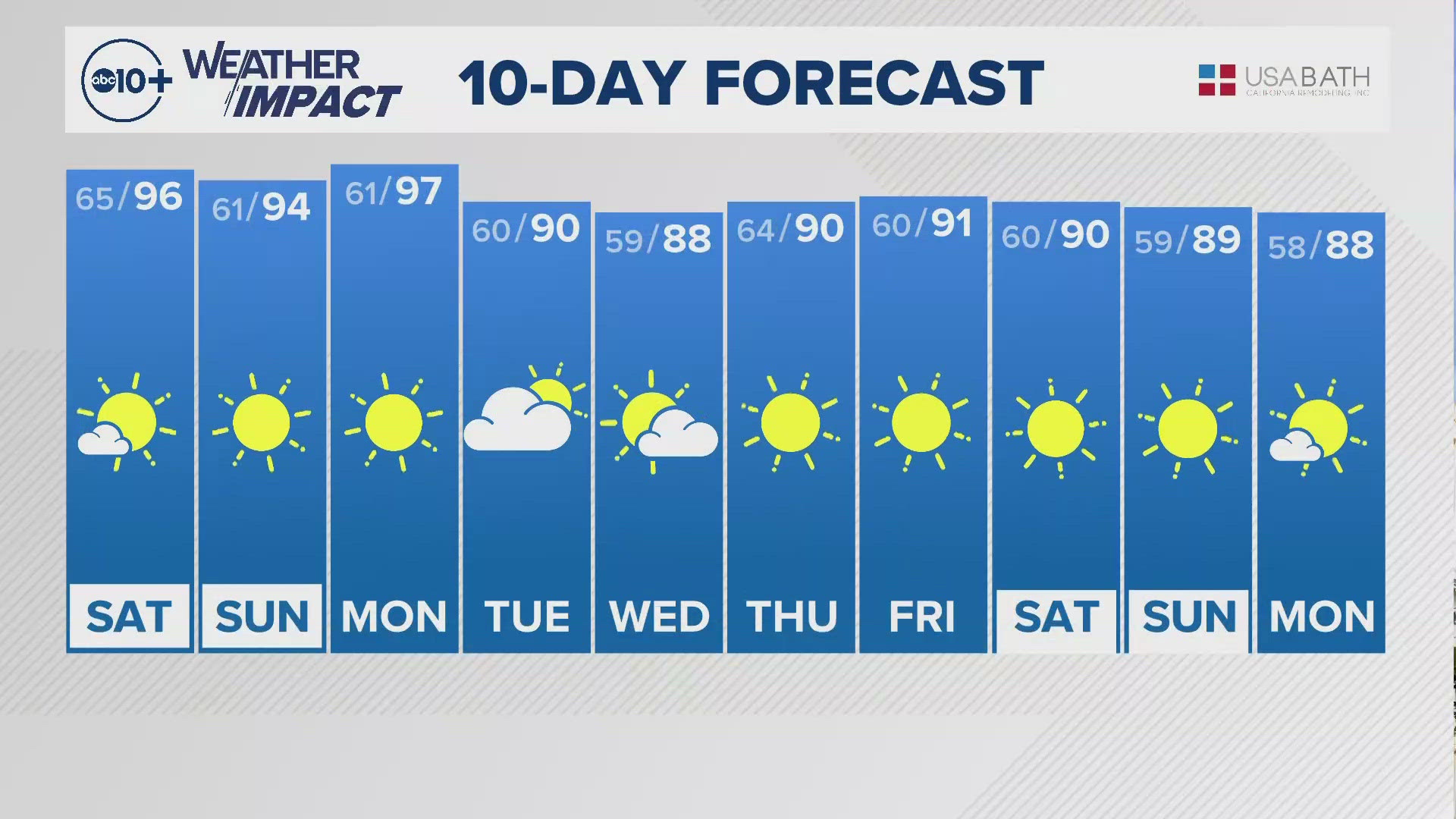SACRAMENTO, California —
NOAA released an update on the development of El Niño Thursday, placing the odds of development at greater than 95% through January – March 2024.
The El Niño Southern Oscillation (ENSO) shifts back and forth irregularly every two to seven years, bringing predictable shifts in ocean surface temperature and disrupting the wind and rainfall patterns across the tropics, according to NOAA.
Not only does NOAA expect El Niño to be the dominant driver of the weather pattern for the upcoming winter, but they place the chances of a strong El Niño developing and persisting through the winter months at 71%.
The threshold for a historically strong El Niño is 2 degrees Celsius above average in the Niño 3.4 region. As of September 14, sea surface temperatures are reading 1.18 degrees above normal in the equatorial Pacific.
ENSO plays a significant role in California’s wet season. El Niño years historically supply wetter conditions for most of the state.
During strong El Niño years, there is a strong signal California is wetter than average. During a weak to moderate El Niño, California is typically wetter than average, although the signal is much weaker, especially north of Sacramento. During strong years, most areas of the state are much above average in terms of precipitation.


Still, a strong El Niño is by no means a guarantee of a wet winter here in California.
"A strong El Niño does not necessarily equate to strong impacts locally, with the odds of related climate anomalies often lower than the chances of El Niño itself," said NOAA in the update.
Just last year, a rare triple-dip La Niña was in place during the record-wet winter. Even though most of the globe experienced typical La Niña conditions, California was an anomaly and was slammed by wet weather, record snowfall and flooding even though La Niña winters are usually on the drier side here.

























